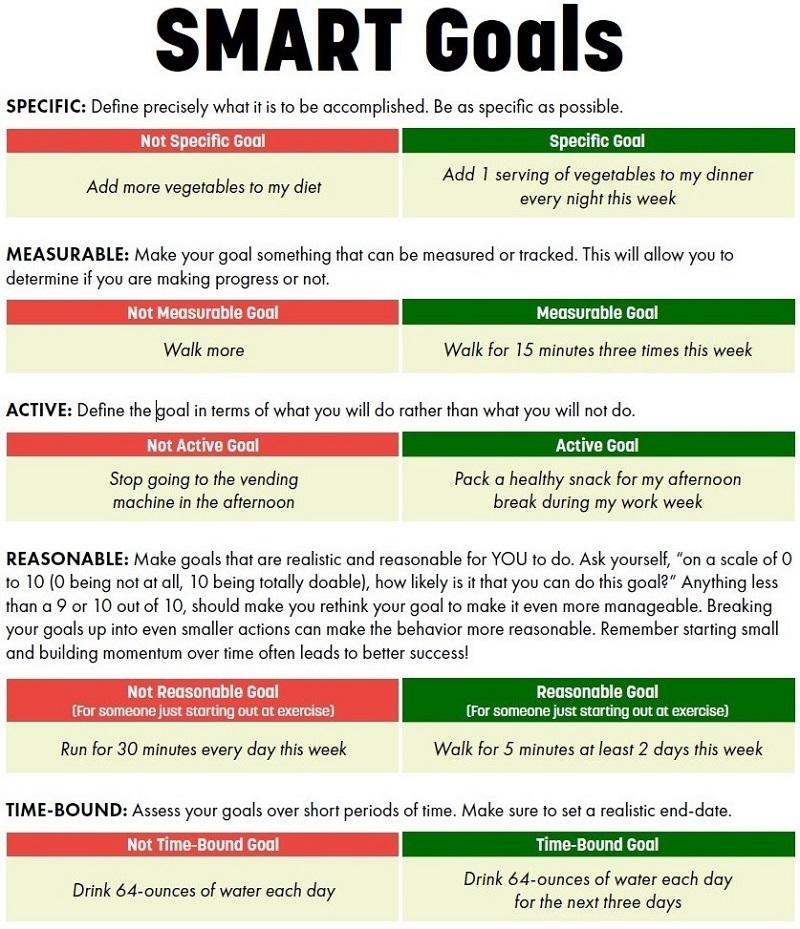Tracking weight loss progress is a crucial component of any successful fitness journey. Whether you’re embarking on a quest to shed a few pounds or aiming for a significant transformation, understanding how to monitor your progress effectively can mean the difference between success and stagnation. In this guide, we will explore proven strategies and tools to accurately track your weight loss journey, offering you the insights needed to stay motivated and make informed decisions. By mastering these techniques, you’ll gain a clearer picture of your progress, enabling you to adjust your approach as necessary and ultimately achieve your health and fitness goals with confidence.
Setting Clear and Achievable Weight Loss Goals
When embarking on a weight loss journey, it’s crucial to establish objectives that are both specific and realistic. This involves understanding your current health status and defining what success looks like for you. Start by assessing your body metrics such as BMI, waist circumference, and body fat percentage. From there, set a target weight that aligns with a healthy range for your body type and age. Break down this ultimate goal into smaller, manageable milestones to maintain motivation and track progress effectively.
- Specific: Instead of saying “I want to lose weight,” aim for “I plan to lose 10 pounds in three months.”
- Measurable: Use tools like a weight scale, measuring tape, or fitness apps to monitor changes.
- Achievable: Ensure your goal is within reach considering your lifestyle and available resources.
- Relevant: Your goal should reflect personal desires, such as improved energy levels or better fitting clothes.
- Time-bound: Set a clear timeline to foster urgency and accountability.
Remember, the journey is as important as the destination. Regularly reassess and adjust your goals to reflect any changes in circumstances or priorities. This dynamic approach ensures you stay on track and maintain a healthy relationship with your weight loss efforts.
Utilizing Technology for Accurate Progress Tracking
In the digital age, leveraging technology for precise tracking can revolutionize your weight loss journey. Smart scales are a fantastic starting point, offering more than just weight measurement. These devices often sync with apps to provide detailed insights into your body composition, including body fat percentage, muscle mass, and water retention. This information can be crucial for tailoring your fitness plan and understanding the nuances of your body’s changes over time.
Beyond smart scales, consider incorporating fitness trackers or smartwatches. These gadgets monitor daily activities and caloric burn, helping you to maintain a balanced energy equation. Many of these devices come with integrated heart rate monitors and GPS, which can be invaluable for tracking the intensity and effectiveness of your workouts. Additionally, utilize apps that allow for food logging and nutrient tracking, providing a comprehensive view of your dietary intake. By combining these technological tools, you can create a holistic and accurate picture of your weight loss progress.
Understanding the Role of Nutrition and Exercise in Weight Management
Tracking weight loss progress effectively involves a combination of nutritional awareness and physical activity monitoring. Start by keeping a detailed food journal to understand your eating habits. Note down everything you consume, including portion sizes, to identify patterns or areas for improvement. Utilize apps or traditional pen-and-paper methods to record your daily intake of calories, macronutrients, and even micronutrients. This awareness not only helps in adjusting your diet but also in understanding how your body responds to different foods.
Equally important is tracking your exercise routine. Create a workout log where you list the type, duration, and intensity of each exercise session. This not only helps in recognizing progress but also in making necessary adjustments to your regimen. Consider incorporating the following strategies:
- Weekly weigh-ins: Choose a consistent day and time for weighing yourself to track changes.
- Body measurements: Record measurements of your waist, hips, and other areas to capture physical changes.
- Progress photos: Take photos at regular intervals to visually document your transformation.
- Fitness milestones: Set and track specific goals like running a certain distance or lifting a particular weight.
By combining these tools, you create a comprehensive view of your journey, allowing for informed decisions and motivating progress toward your weight management goals.
Regular Self-Assessments to Stay Motivated and On Track
Incorporating regular self-assessments into your weight loss journey is a powerful way to maintain motivation and ensure you’re on track to meet your goals. By setting aside time to evaluate your progress, you can identify what’s working and where adjustments may be needed. Consider the following strategies to enhance your self-assessment routine:
- Weekly Check-Ins: Dedicate a specific day each week to review your achievements. This can include weighing yourself, measuring inches lost, or evaluating changes in your fitness levels.
- Reflective Journaling: Maintain a journal to record your daily experiences, including emotional and physical changes. This practice helps in recognizing patterns and triggers that affect your progress.
- Goal Reassessment: Regularly revisit your weight loss goals to ensure they remain realistic and aligned with your current lifestyle. Adjust them as necessary to keep them challenging yet attainable.
- Visual Progress Tracking: Utilize charts or apps to create visual representations of your journey. Seeing your progress in a tangible format can be incredibly motivating.
Engaging in these practices not only boosts motivation but also provides a clear roadmap for your ongoing efforts. Remember, the key is consistency and a willingness to adapt as you learn more about your body’s unique response to your weight loss strategies.
